hair women to the waitress, in swimsuits that show (or cover?) everything, smoking, sitting in cafes, practicing lawn tennis e Football, dressed as a man at Carnival or with evening clothes showing the shoulders, but also in tough professions, man's, like the sargaceira. These are some of the «Modern Women in the work of José de Almada Negreiros», the unprecedented exhibition that opens this Saturday, July 7th, at 18 pm, at the Municipal Museum of Tavira | Palace of the Gallery.
Yesterday morning, while the Museum's team was putting the finishing touches on the assembly of the exhibition, which can be seen until 14 October, a group of journalists accompanied Mariana Pinto dos Santos, curator of the exhibition, on an enchanting visit.
In ten rooms of the Palácio da Galeria, «in dialogue with the spaces», as Nuno Vassalo e Silva, director of the Gulbenkian Museum, pointed out, 55 drawings and paintings can be seen, the vast majority belonging to the collection of the Calouste Gulbenkian Museum's Modern Collection , as well as excerpts from the literary work of Almada Negreiros and his texts published in newspapers and magazines of the time, namely the «Diário de Lisboa».
This exhibition was purposely conceived for Tavira, as explained by its curator Mariana Pinto dos Santos, and culminates the series of exhibitions on the work of Almada Negreiros, which began last year in Lisbon, at the Calouste Gulbenkian Foundation, with «José de Almada Negreiros: a way of being modern”, continued in Porto, at the Museu Nacional Soares dos Reis, with “José de Almada Negreiros: drawing in motion”.
“This space allows us to deal with the theme of Modern Woman with a closer relationship with the works”, explained the curator to journalists. An extreme case is that of a small room where only three works are exhibited, which, he stressed, “allows for another type of reading”. And a closer relationship with Almada's work.
There, on the walls of the old Tavirense palace, sometimes even in contrast to the floral decorations of its painted wooden coffered ceiling, are, for example, the «Banhistas», painting that was made for A Brasileira, from Chiado, in Lisbon, and where those two women, alone, on the beach, in a daring bathing suit for the time, must have caused their dose of scandal in a masculine world…where women couldn't even go to the café alone.
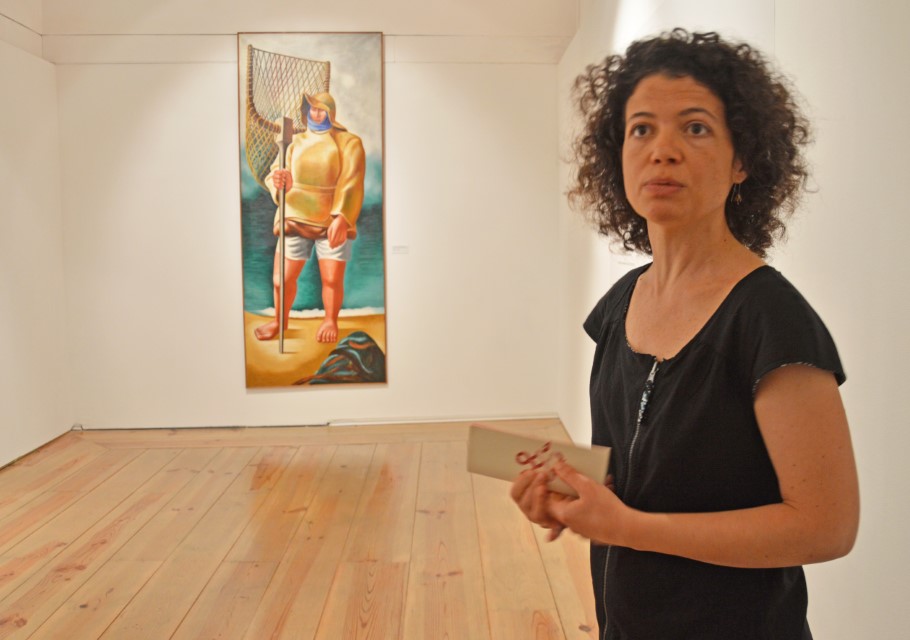
The women of Almada that are now shown at the Museum of Tavira, were modern at the time, were emancipated women: the fashion of the twenties, women smokers, seducers, rebels, artists, singers, dancers, actresses and sportsmen or acrobats, as representation of modern life.
But there is also the woman subject to a masculine gaze and voyeur which dominated the history of art, turned the female body into an object and made it a substantial part of its tradition. Two of the rooms are dedicated to a more erotic look by Almada on the Woman, in one of them bringing the gaze to the Nu that was painted for a nightclub, the Bristol Club, in Lisbon.
Because, as the curator explained, «modernist artists could not enter the Fine Arts, the Museum of Contemporary Art, so the night club and the café are their galleries, their shop windows».
On the walls of Palácio da Galeria, in Tavira, there are also examples of female figuration as a work force, with the portrait of the hardened and suffering expression of sea women, in images that announce realistic concerns, present in Almada's plastic work from the thirties .
After the large monographic exhibition, the «mother exhibition», at the Gulbenkian Foundation, in Lisbon, and the thematic exhibition in Porto, in Tavira, the objective was «to deepen the female representation in the work of Almada», a theme that is «central in art West'. In Porto and now at the Museu de Tavira, Mariana Pinto dos Santos stressed, it was possible to "deepen specific themes", in this case, "the role of women in modernity, as she was an instrument and object, but also an agent of this modernity".
«For those who already know the artist's work, this exhibition by Tavira is an invitation to reflect on the theme. For those who don't know, here you have the opportunity to learn about it, because female representation was a constant in Almada's work», she added.
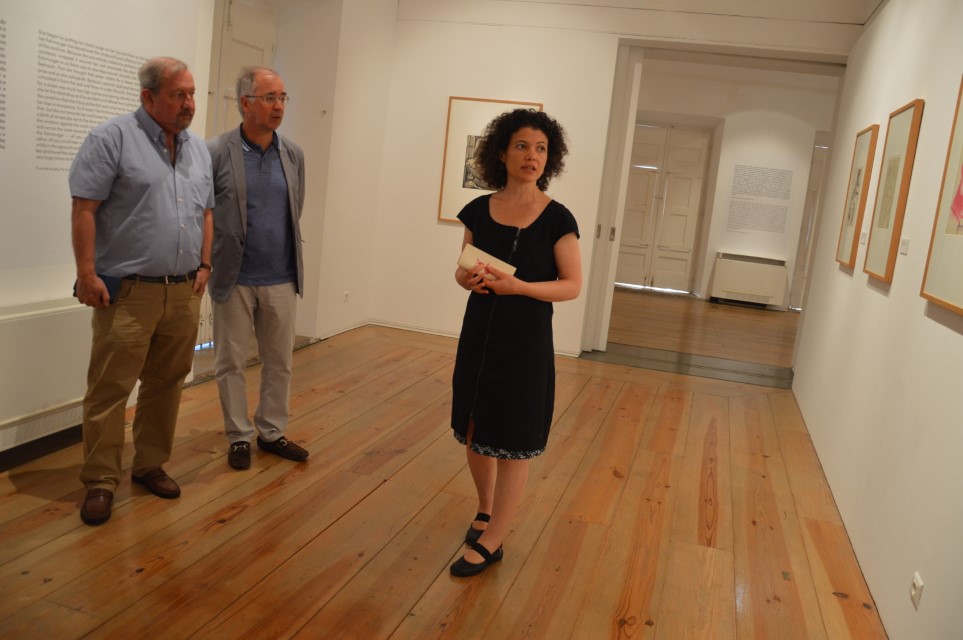
And don't think that what is now at the Palácio de Tavira is the same as what was exhibited in Lisbon or Porto: «there are works that were not in the Lisbon exhibition, others were not in Porto». Just as there is a «documental component that was not in any of the others», namely the articles and drawings made by Almada for the newspapers, «which were an enormous vehicle for the dissemination of this modernity».
Mariana Pinto dos Santos also added that the texts by Almada that appear on some of the walls were “chosen carefully” by her, so that they could “dialogue with the works”.
«Modern Women in the work of José de Almada Negreiros» is, for all that, an exhibition «with its own personality, always in dialogue with the space, the community and its programming», guaranteed, for his part, the director of Calouste Gulbenkian Museum.
The Gulbenkian Foundation «has a special taste for this initiative», since one of its practices is «to open its doors to the outside world, share the very rich collections, bring them to the communities», added Nuno Vassalo e Silva.
Jorge Queiroz, director of the Museum of Tavira | Palácio da Galeria, recalled that "other very important exhibitions" had already been held in this Algarve space, such as those by Alberto Carneiro, Júlio Pomar, Joana de Vasconcelos, or institutions such as the Gulbenkian Foundation, Culturgest, the former BES Prize, the Cupertino de Miranda Foundation.
«Artists like space», guaranteed Jorge Queiroz. José de Almada Negreiros, who died in 1970, will no longer be able to say what he thinks of the Palácio da Galeria, but the curator of this trilogy of exhibitions dedicated to him liked and approved.
«Modern Women in the work of José de Almada Negreiros» can be visited at the Municipal Museum of Tavira | Palácio da Galeria, until October 14th.
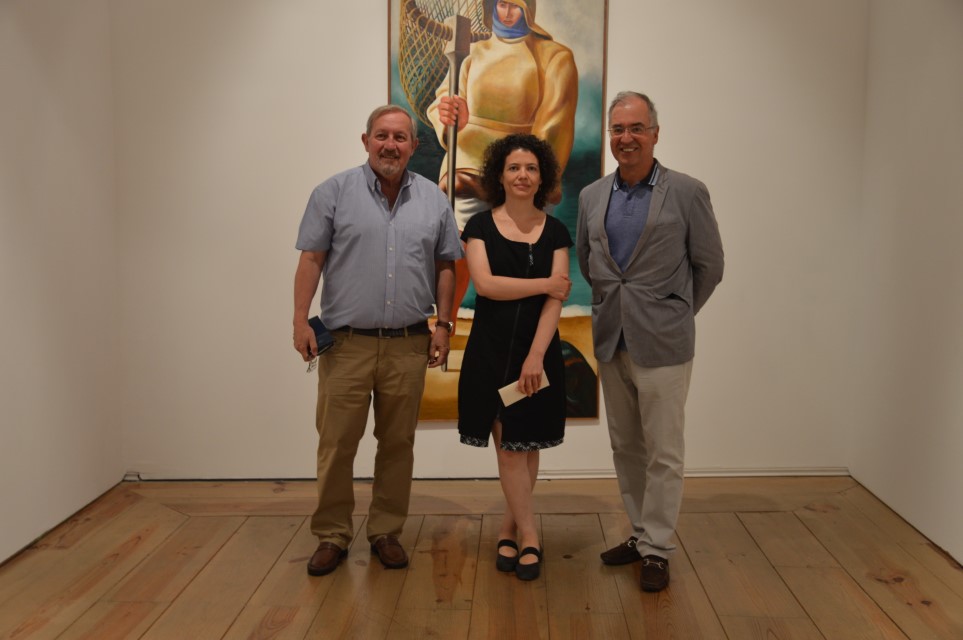
Opening Hours
Summer: Tuesday to Saturday: 10:00-12:30 and 15:00-18:30
Winter: Tuesday to Saturday: 10:00-12:00 and 14:00-17:30
Closed to the public on Sunday, Monday and holidays
Address:
Sidewalk of Galeria 8800-306 Tavira
Phone 281 320 500
[email protected]
GPS: W 7º 39' 8'' N 37º 7' 30.8''
Photos: Elisabete Rodrigues | Sul Informação
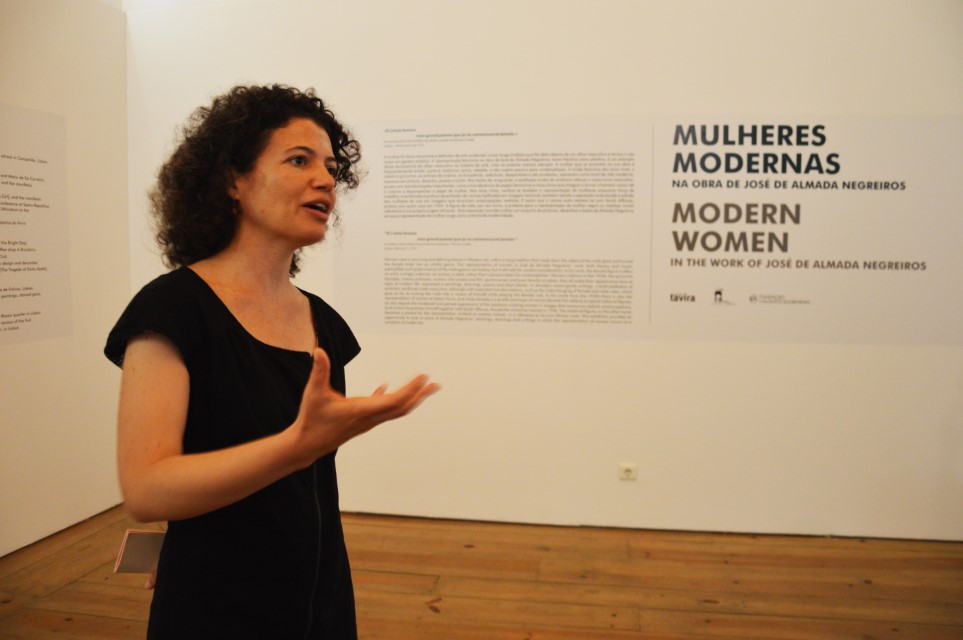
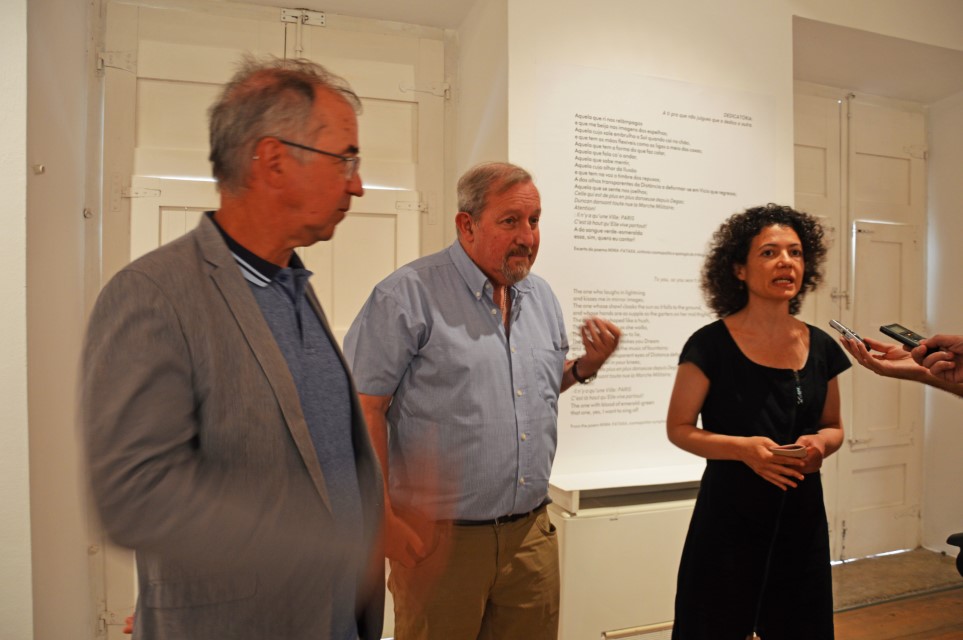
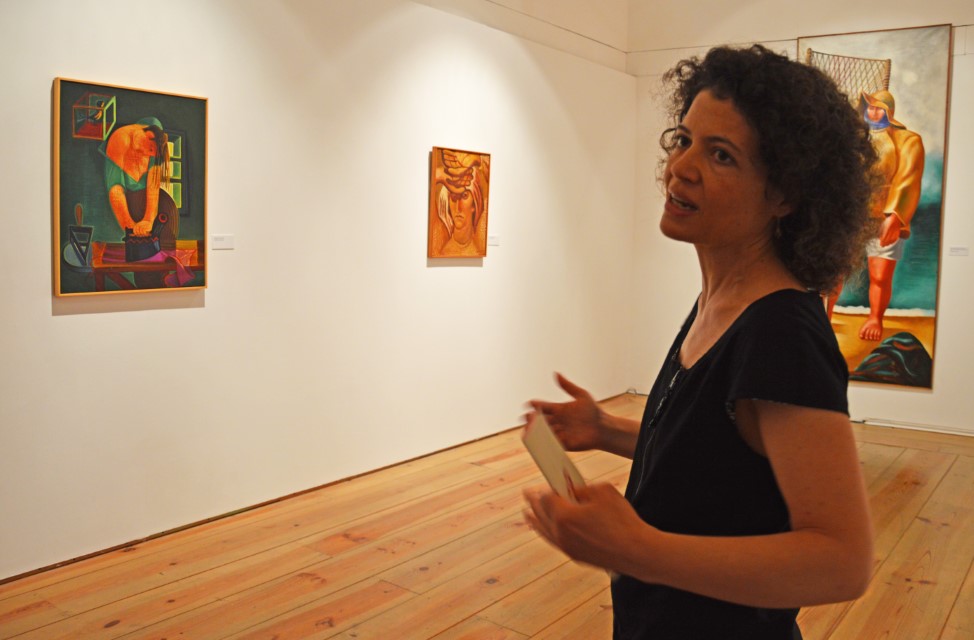
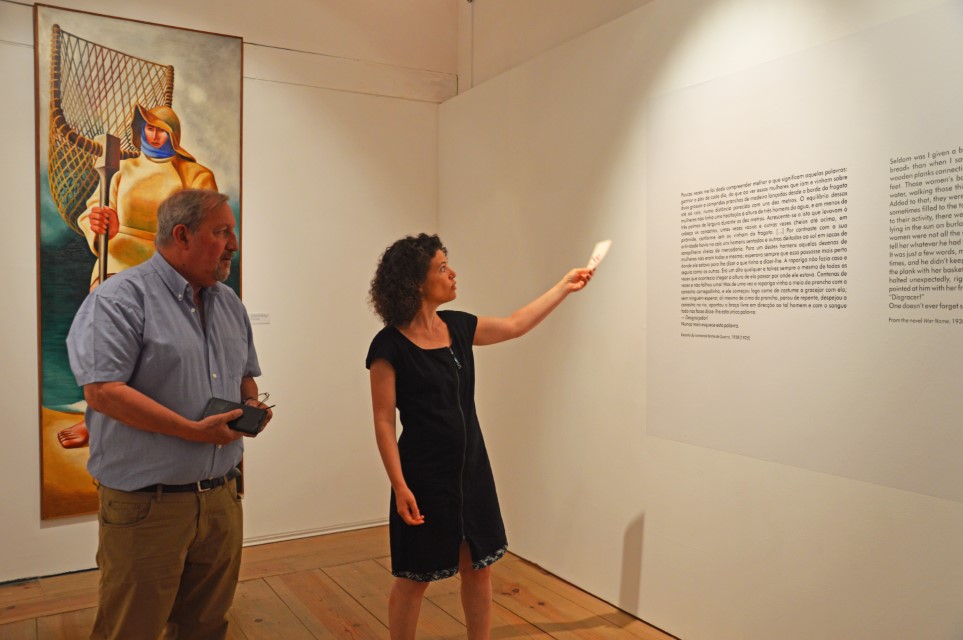
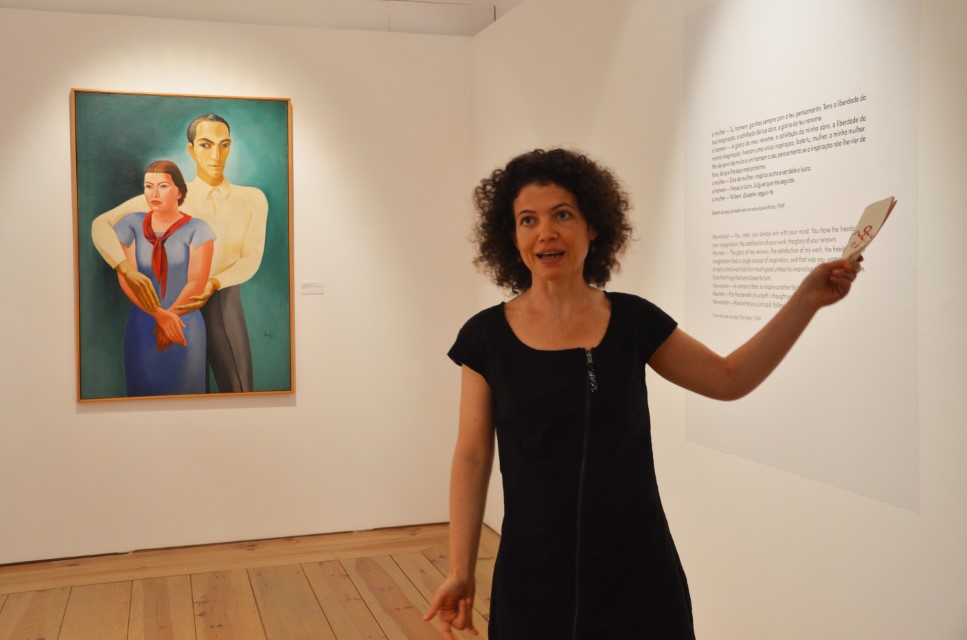
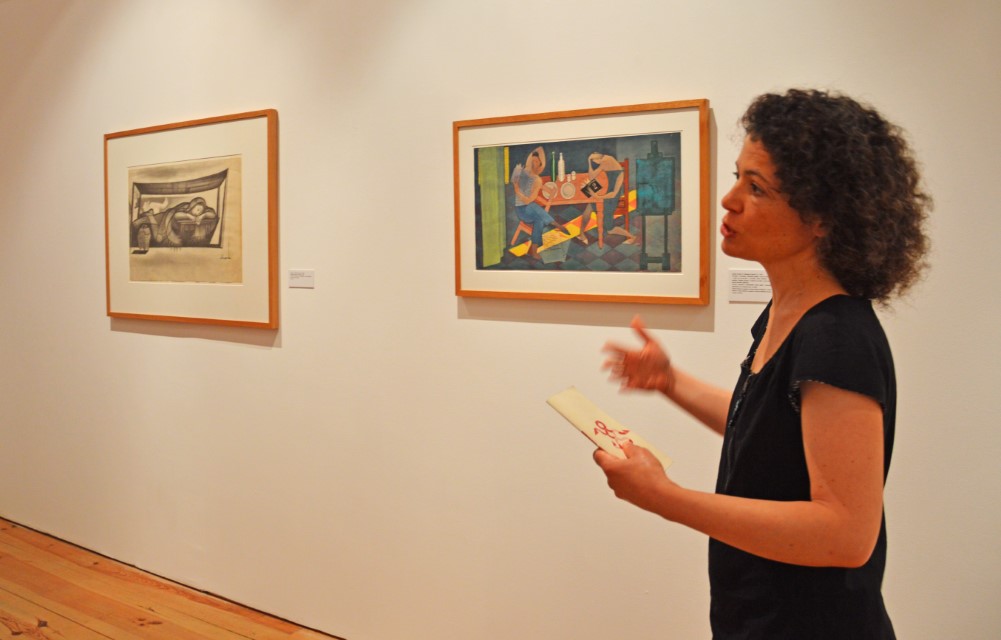
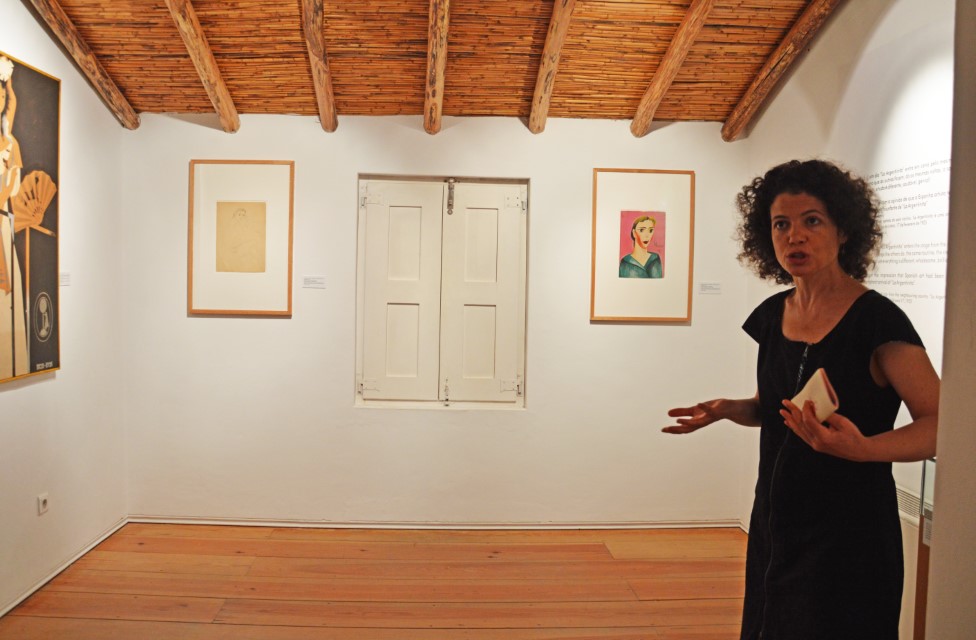
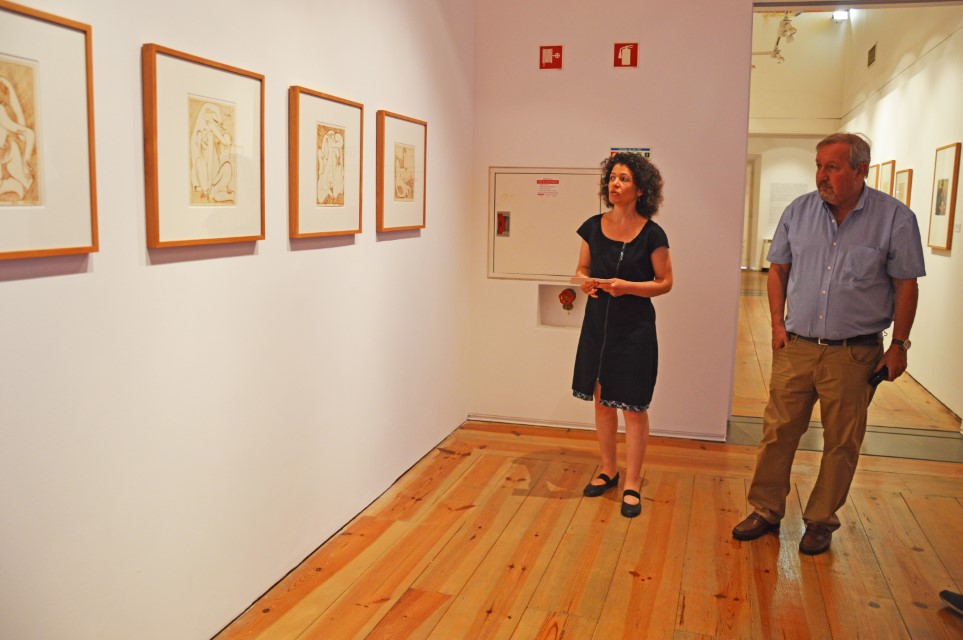
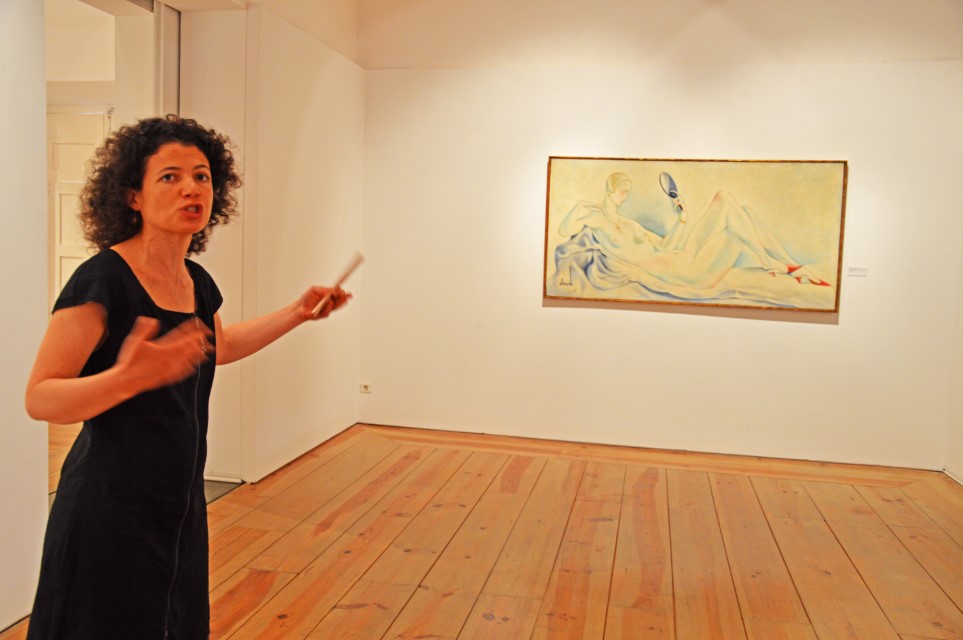
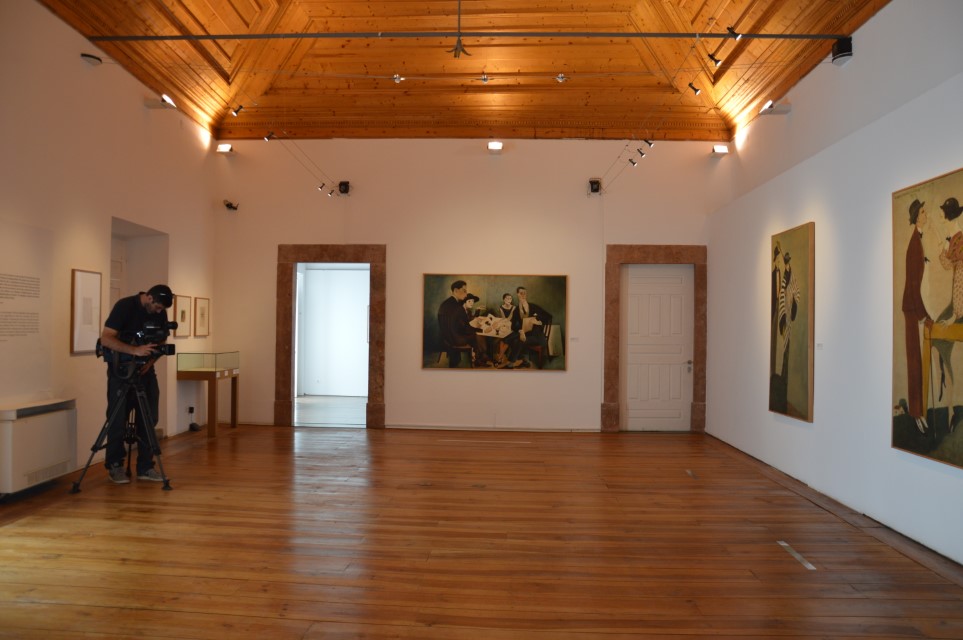
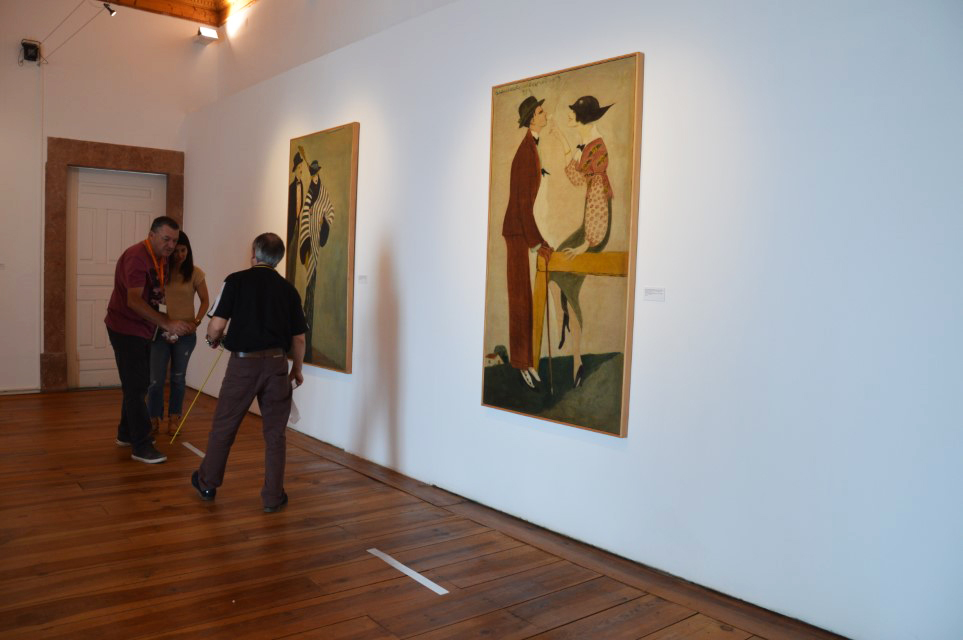
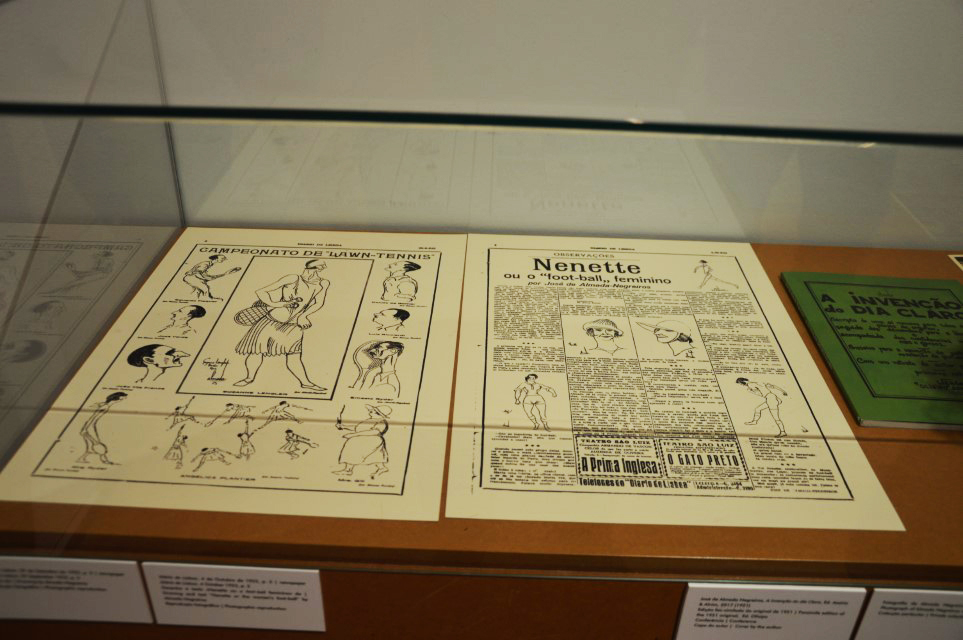
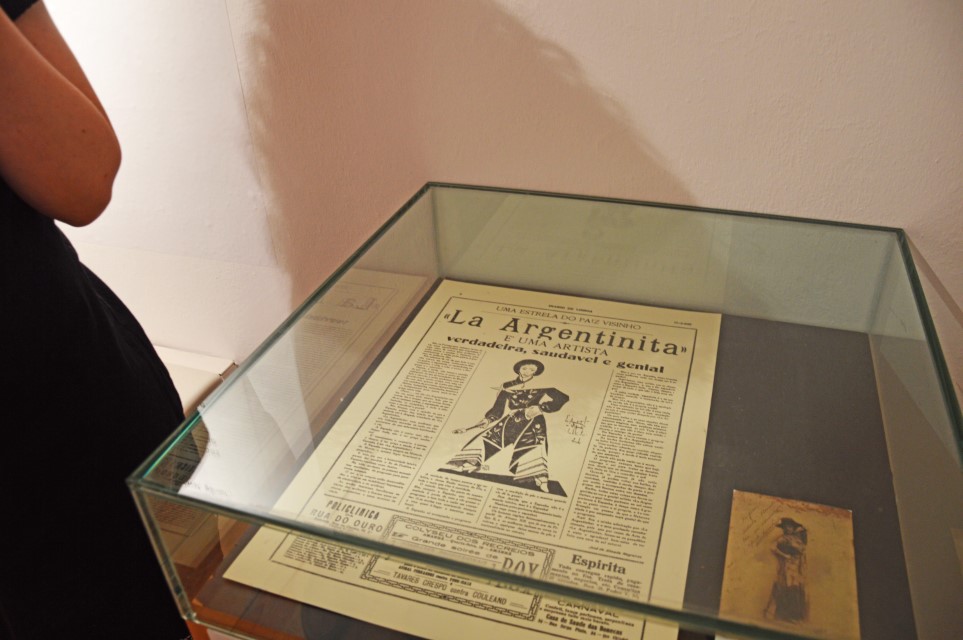
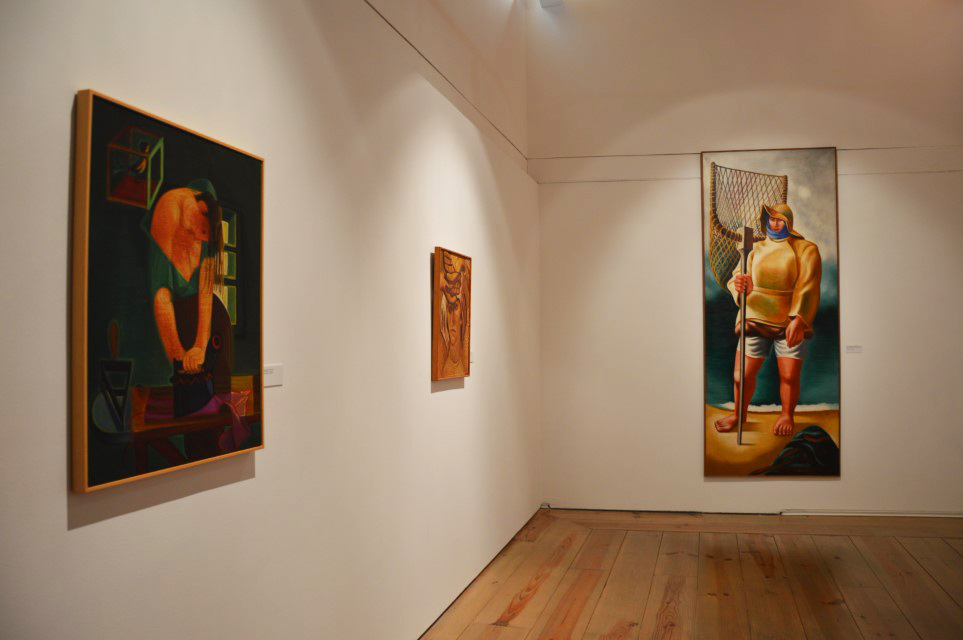
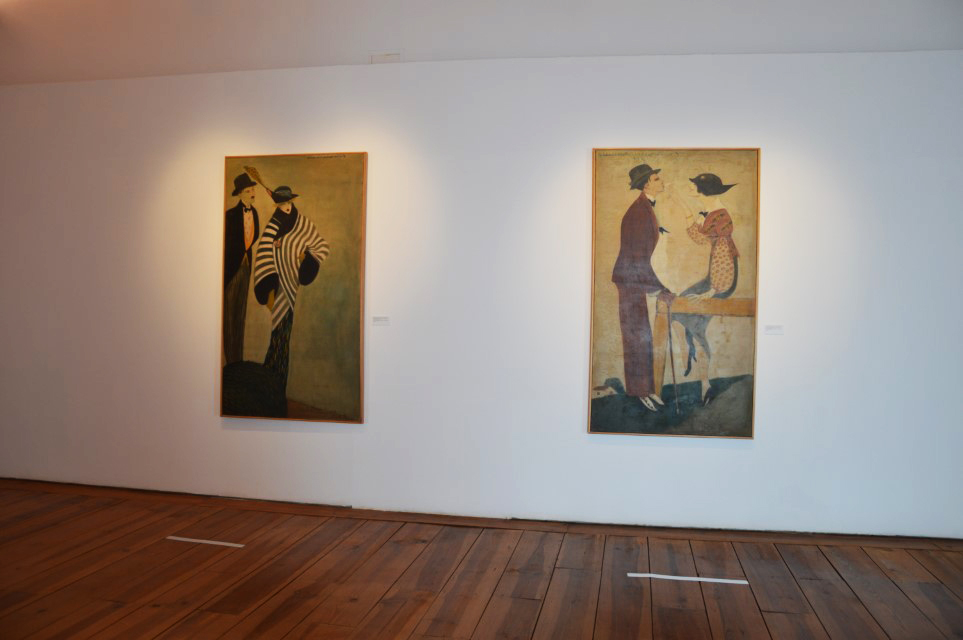
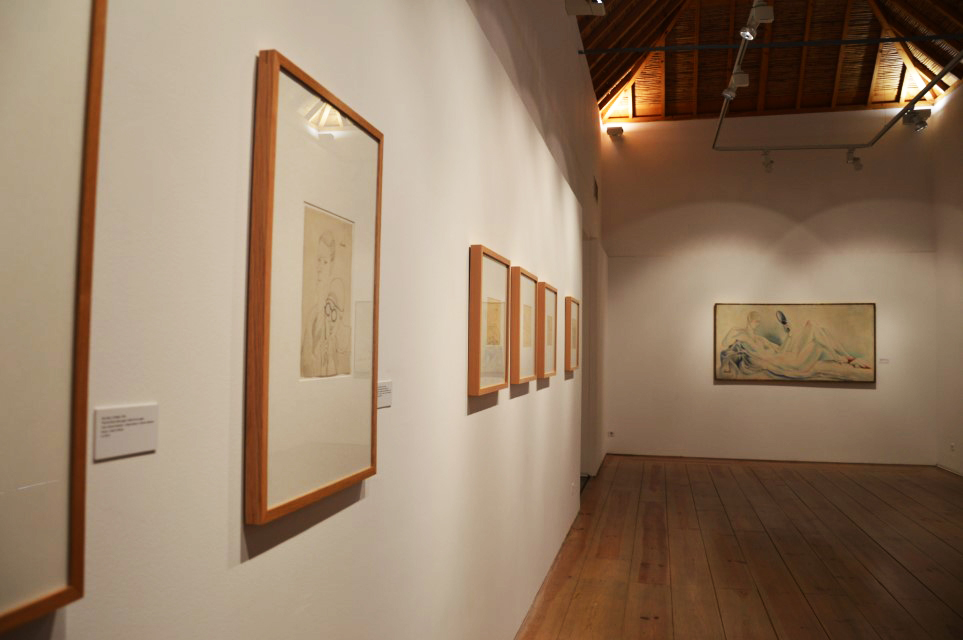
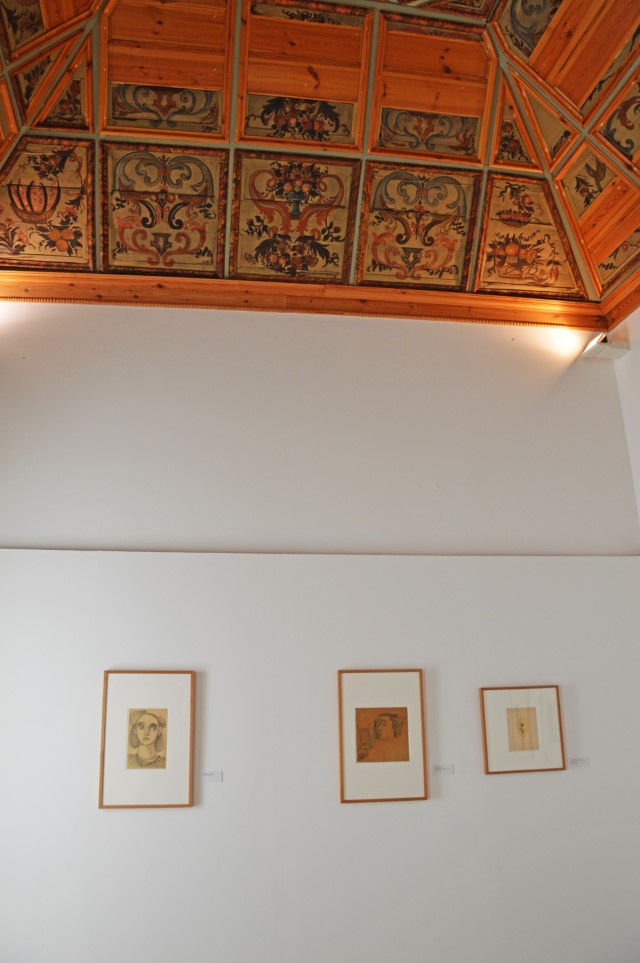
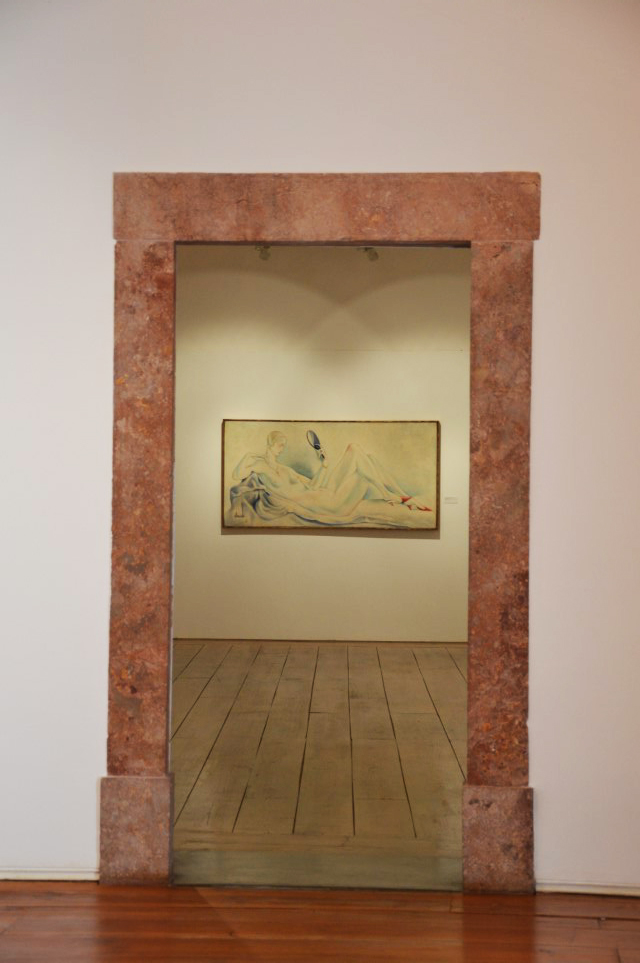
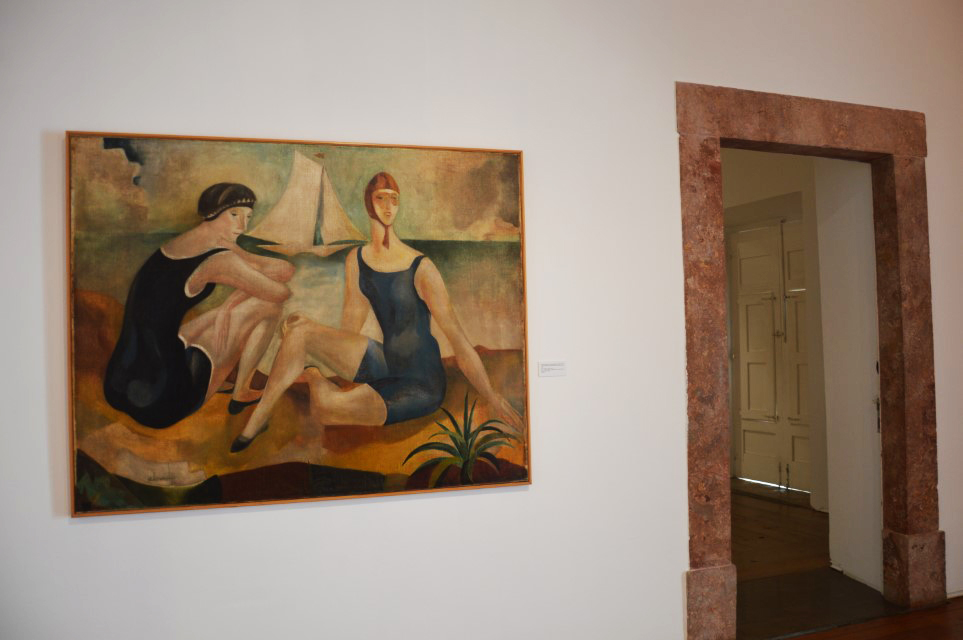


















Comments